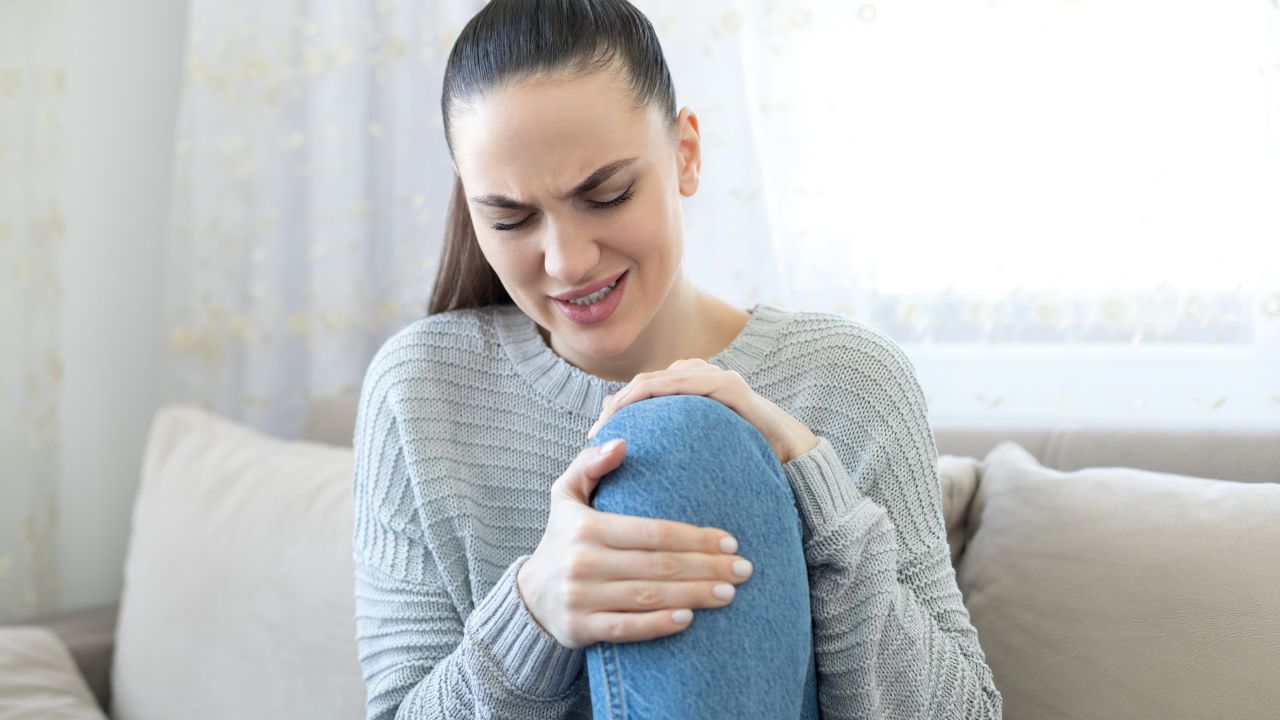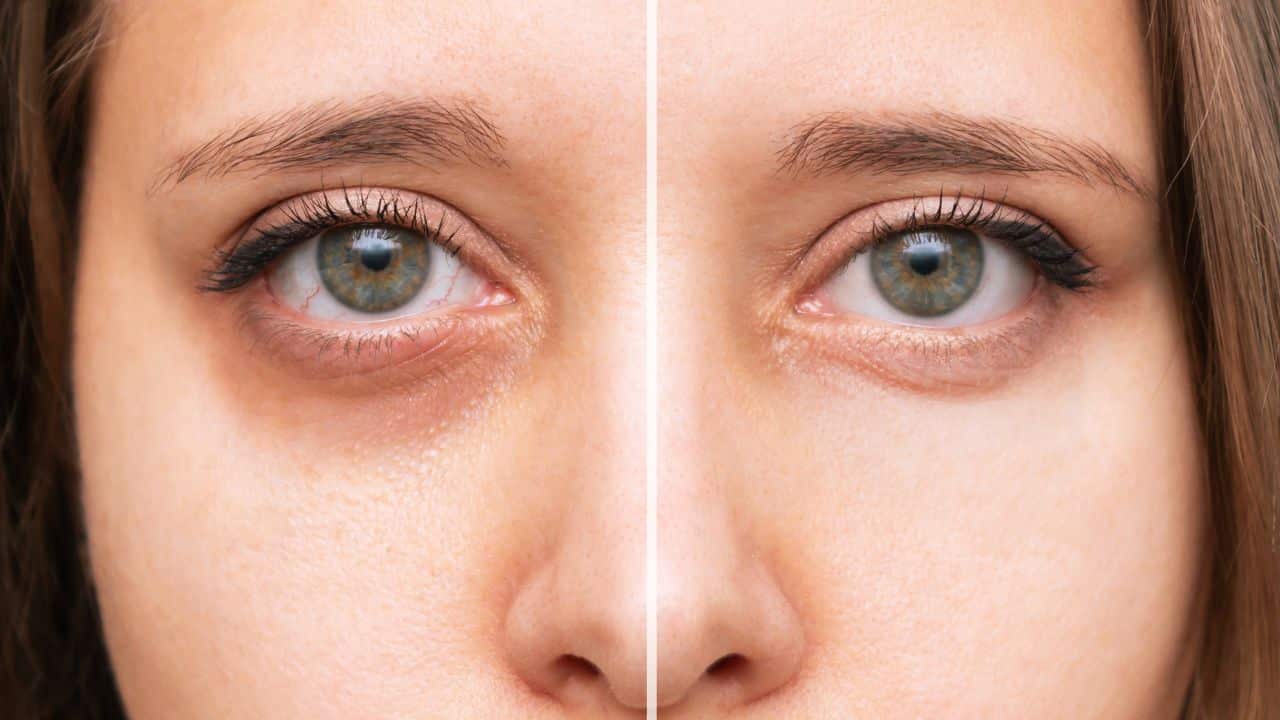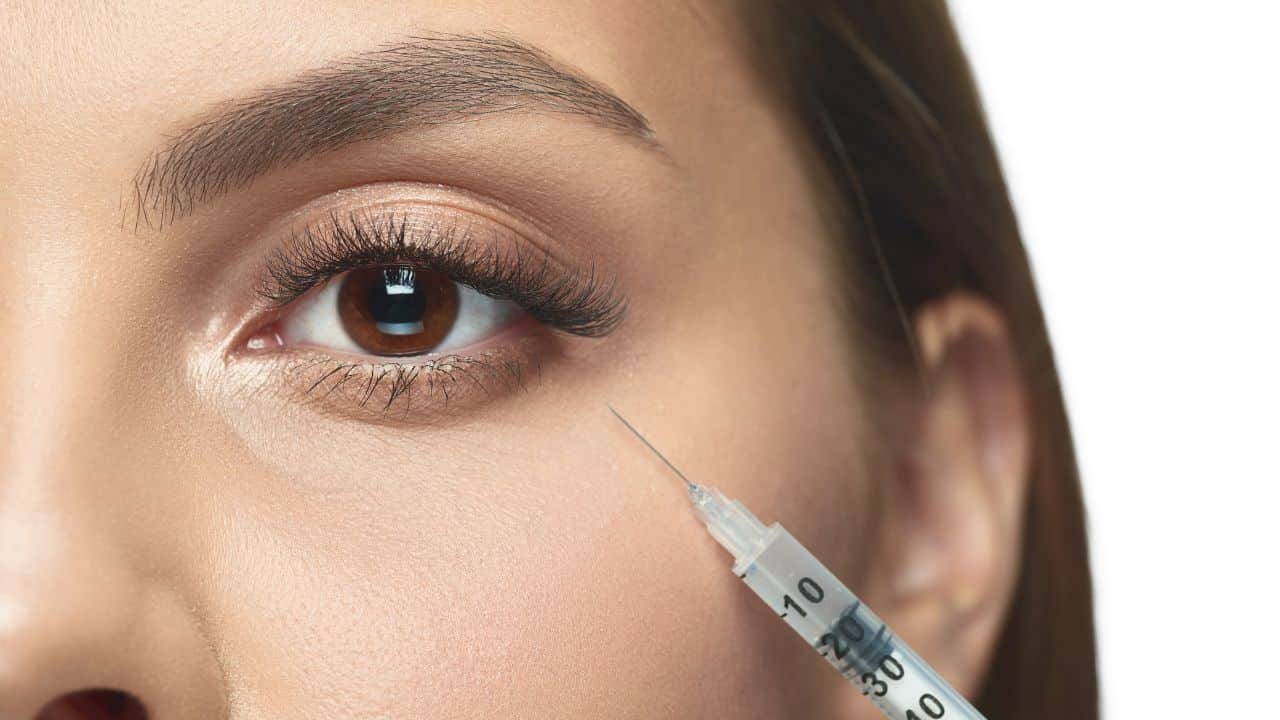Knee arthritis is a common condition that can cause pain and discomfort, making it difficult to perform everyday activities. While there are various treatment options available, one that has gained popularity in recent years is platelet-rich plasma (PRP) therapy.
This minimally invasive procedure involves using a patient’s blood to create a concentrated solution of platelets, which is then injected into the knee joint to promote healing and reduce pain.
In this blog, we’ll explore the benefits and risks of PRP therapy for knee arthritis, compare it with other treatment options, and discuss how to choose the right PRP therapy clinic for your needs. We’ll also provide tips on preparing for the procedure and what to expect during and after treatment.
Whether you’re considering PRP therapy for knee arthritis or want to learn more about this innovative treatment option, this blog has you covered.
How Can PRP Therapy Help Treat Arthritis Knee Pain?
PRP (platelet-rich plasma) therapy is a regenerative medicine that uses the patient’s blood to treat various conditions, including arthritis and knee pain. Here are some ways that PRP therapy can help treat arthritis knee pain:
Reducing Inflammation
PRP therapy contains growth factors and other proteins that can help reduce inflammation in the knee joint. Inflammation is a significant contributor to the pain and stiffness associated with arthritis.
Promoting Healing
PRP therapy can stimulate the body’s natural healing process, which can help repair damaged tissues in the knee joint. This can improve joint function and reduce pain.
Slowing Down the Progression of Arthritis
While PRP therapy may not be able to reverse the damage caused by arthritis, it may be able to slow down the progression of the disease.
Minimally Invasive
PRP therapy is a minimally invasive procedure that does not require surgery or extensive downtime. This makes it a popular choice for those who want to avoid more invasive treatments.

Customizable Treatment
The concentration and composition of the platelets in PRP therapy can be customized to meet each patient’s specific needs. This allows for a personalized treatment plan tailored to address the unique aspects of each individual’s condition.
How to Prepare for PRP Therapy for Knee Arthritis?

If you are considering PRP (platelet-rich plasma) therapy for knee arthritis, there are some steps you can take to prepare for the procedure. Here are some tips on how to prepare for PRP therapy:
Consult with a Healthcare Professional
Before undergoing any medical procedure, it’s essential to consult with a healthcare professional. They can evaluate your condition and determine if PRP therapy is a suitable treatment option for you. They can also discuss any potential risks or complications associated with the procedure.
Avoid Blood Thinners
Blood thinners such as aspirin and ibuprofen can increase the risk of bleeding during the PRP therapy procedure. You may be advised to stop taking these medications for some time before the procedure.
However, it’s essential to follow the advice of your healthcare professional and not stop any medications without their approval.
Stay Hydrated
Drinking plenty of water before the procedure can help ensure that your blood is easily drawn and enough plasma is available for PRP therapy.
Follow any Dietary Restrictions
Some healthcare professionals may recommend specific dietary restrictions before the procedure, such as avoiding alcohol or caffeine.
Wear Comfortable Clothing
The doctor may advise you to wear comfortable, loose-fitting clothing on the day of the procedure to ensure you are comfortable during the treatment.
Arrange for Transportation
PRP therapy is minimally invasive, but you may experience discomfort or pain afterward. It’s a good idea to arrange for transportation home after the procedure.
What to Expect During and After-PRP Therapy for Knee Arthritis?
PRP (platelet-rich plasma) therapy is a minimally invasive procedure that can be used to treat knee arthritis. Here’s what you can expect during and after PRP therapy for knee arthritis:
During the Procedure
Preparation: Before the procedure, a healthcare professional will clean the area around the knee and apply a local anesthetic to numb the area.
Blood collection: A small amount of blood will be drawn from your arm and placed in a centrifuge machine to separate the platelets from the other components of the blood.
PRP injection: The PRP solution will be injected into the knee joint using ultrasound guidance to ensure accuracy.
Rest and recovery: After the injection, you will be asked to rest briefly before being allowed to go home. You may be given specific instructions on post-procedure care, such as avoiding strenuous activities for a certain period.
After the Procedure
Pain relief: Some patients may experience immediate pain relief, while others may require several days or weeks to experience the full effects of the treatment.
Rehabilitation: Your healthcare professional may recommend physical therapy or rehabilitation exercises to help improve joint function and range of motion.
Follow-up appointments: Follow-up appointments may be necessary to monitor your progress and determine if additional treatments are necessary.
Potential side effects: Some patients may experience mild side effects such as pain, swelling, or bruising at the injection site. These side effects typically subside within a few days to a week.
Potential complications: While PRP therapy is generally considered safe, there is a small risk of infection or bleeding at the injection site. Following all post-procedure care instructions is essential, and contact your healthcare professional if you experience any unusual symptoms.
PRP Therapy vs Other Treatments for Knee Arthritis: Which One is Best?
The best treatment for knee arthritis depends on the severity of the condition and the individual patient’s needs.
Nonsteroidal Anti-Inflammatory Drugs (NSAIDs)
NSAIDs are a standard treatment for knee arthritis pain but can have side effects such as stomach ulcers and increased risk of heart attack and stroke. PRP therapy offers a non-pharmacological alternative that can reduce inflammation and pain.
Corticosteroid Injections
Corticosteroid injections can temporarily relieve pain and lead to joint damage and cartilage loss over time. PRP therapy offers a regenerative treatment option that promotes healing and slows down the progression of the disease.
Physical Therapy and Exercise
Physical therapy and exercise can help improve joint function and reduce pain in knee arthritis patients. PRP therapy can be used with these treatments to enhance their effectiveness.
Surgery
In severe cases of knee arthritis, surgery such as knee replacement may be necessary. However, surgery carries risks and requires a lengthy recovery period. PRP therapy offers a less invasive treatment option that can delay the need for surgery.
There is no single “best” treatment for knee arthritis, as different treatments may be more appropriate for patients depending on their individual needs and preferences. PRP therapy is a good option for those seeking a minimally invasive, regenerative treatment option that can slow down the progression of the disease and improve joint function.
However, it’s important to discuss all treatment options with a healthcare professional to determine the best course of action for your specific case of knee arthritis.
How to Choose the Right PRP Therapy Clinic for Knee Arthritis Treatment?
Choosing the right PRP (platelet-rich plasma) therapy clinic for knee arthritis treatment is an important decision that can impact the effectiveness and safety of the treatment. Here are some factors to consider when choosing a PRP therapy clinic:
- Expertise and experience: Look for a clinic specializing in PRP therapy and has experience in treating knee arthritis. Healthcare professionals should be well-trained and knowledgeable about the procedure’s potential benefits and risks.
- Technology and equipment: The clinic should have state-of-the-art equipment and technology for performing PRP therapy. This can help ensure that the treatment is safe and effective.
- Quality of the PRP solution: The PRP solution used by the clinic should be high quality and adequately prepared. The concentration and composition of the platelets should be customized to meet each patient’s specific needs.
- Cost: PRP therapy can be expensive, and the cost can vary widely between clinics. It’s important to consider the cost of the treatment and any associated fees when choosing a clinic.
- Location and convenience: The clinic should be located conveniently and have flexible scheduling options to make it easy for patients to attend appointments.
- Patient reviews and testimonials: Look for patient reviews and testimonials of the clinic to get an idea of their experiences with the treatment and the clinic’s overall quality of care.
Conclusion
PRP therapy is a promising treatment option for knee arthritis that can help reduce pain and improve joint function. While it may not be the best option for everyone, it’s important to discuss your options with a healthcare professional and determine the best course of action for your needs.
Choosing a reputable clinic and following all post-procedure care instructions can increase your chances of a successful outcome. Stay informed and actively participate in your healthcare to ensure the best possible results.
We hope this blog has provided valuable insights into PRP therapy for knee arthritis and helped you make informed decisions about your health.





